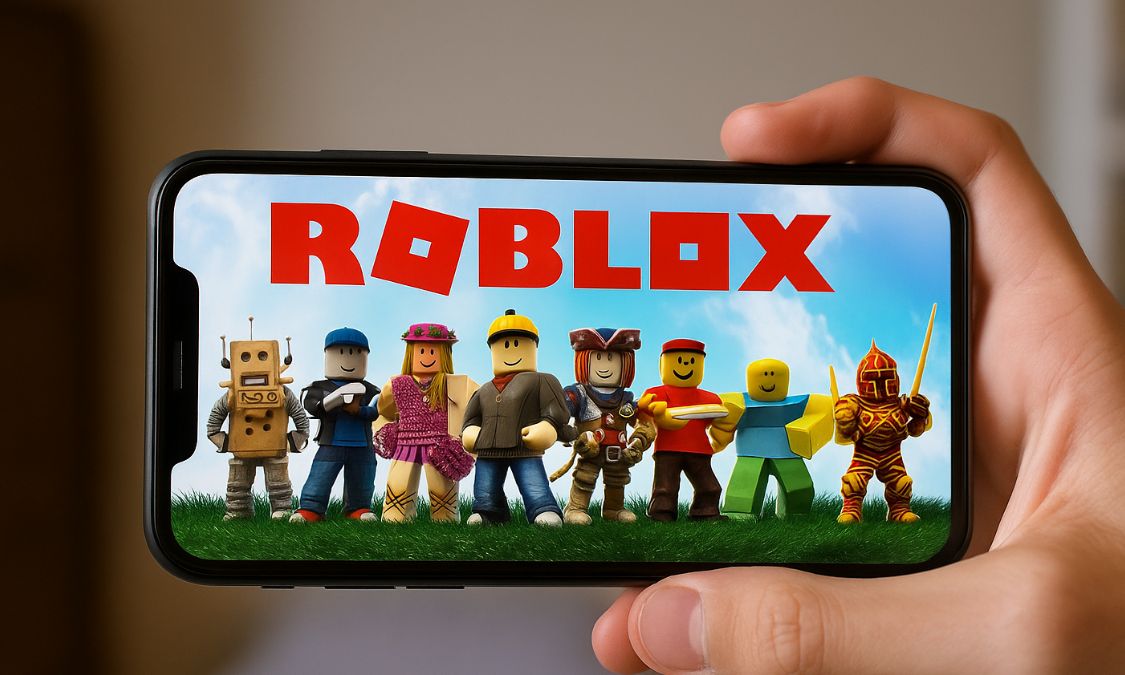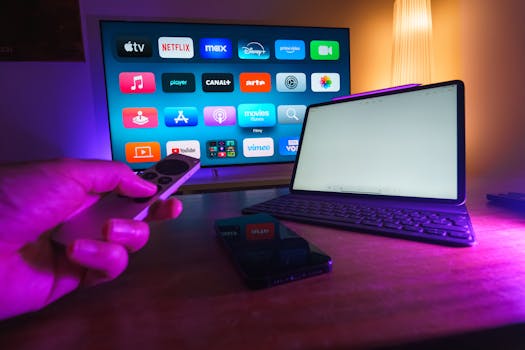Solutions
Save Internet on Android: Practical Tips to Use Wisely
Advertisement
With the advancement of technology, smartphones have become an essential part of our daily lives. However, heavy use can often impact our mobile data plan. Therefore, considering strategies to save internet is essential.
Android, a widely used operating system, offers several settings that can optimize data consumption. These settings allow you to browse efficiently without compromising your online experience.
In this article, we'll cover different settings and features that help you save internet on Android. We'll share practical tips so you can get the most out of your smartphone and avoid surprises on your data plan bill.
Disable Automatic App Updates
Automatic updates can consume a significant amount of data. To disable them, open the Google Play Store and access the settings menu.
Select "Auto-update apps" and then choose "Don't auto-update apps." This simple change can make all the difference in your data savings.
Additionally, you can choose to manually update apps when connected to Wi-Fi. This ensures you always have the latest versions without using up your mobile data.
Please note that some updates may include security fixes and important improvements. Therefore, check for available updates periodically when connected to Wi-Fi.
This practice is one of the most effective ways to control data usage and keep your connection stable for tasks that really require the internet.
Limit Background Data Usage
Apps can consume data even when not in use. To limit this usage, go to your device's settings and go to "Network & Internet."
Under "Data Usage," you'll find the "Background Data Usage" option. Here, you can restrict access to specific apps, significantly saving data.
Another useful feature is "Data Saver Mode." Enabling it will limit mobile data usage for non-essential apps. This strategy is valuable for preserving your internet connection.
Consider periodically reviewing the apps that are allowed to run in the background. This will help you identify which ones are truly necessary and which can be blocked.
Implementing these restrictions can result in considerable savings at the end of the month, allowing you to use your internet more wisely.
Choose Data-Saving Browsers
Internet browsers can be configured to improve data savings. Options like Google Chrome and Opera offer modes that compress data before uploading it.
In Google Chrome, enable "Lite" mode in your browser settings for a lighter experience. This feature reduces the amount of data transferred when accessing websites.
Opera Mini is an excellent option for those who want even more control over their data usage. It has compression settings that save data while browsing.
Additionally, these browsers offer additional features, such as ad blockers, which also help reduce data traffic when loading pages.
Choosing a browser that prioritizes data conservation is an effective way to ensure you don't exceed your monthly internet limit.
Manage Streaming Settings
Streaming services like Spotify and Netflix can consume a lot of data, especially at high resolutions. To avoid this, adjust your streaming quality settings.
On Spotify, go to the quality settings and choose a lower quality option when using mobile data. This will preserve your internet connection without compromising the experience too much.
On Netflix, you can adjust your download and streaming quality in your account's "App Settings." Choosing medium or low quality helps save data.
These apps also allow you to download content to watch offline. This is an excellent way to enjoy your entertainment without using up your data.
Managing these settings provides a more efficient user experience, especially when Wi-Fi is unavailable.
Use Wi-Fi Smartly
Connecting to Wi-Fi networks whenever available is crucial for saving mobile data. However, it's important to know how to manage this connection properly.
Enable the "Save data" option in your device's settings whenever you connect to a public or unknown network. This protects not only your data but also the security of your device.
If Wi-Fi is available at home or work, make it your preferred connection. All browsing and downloading will use unmetered data.
Protecting your privacy when using public Wi-Fi is also crucial. Use a VPN to protect your information while browsing these networks.
These practices ensure you maximize your connectivity while minimizing your mobile data usage.
Disable Automatic Account Sync
Automatic syncs can constantly pull data from your accounts, such as Google Drive and social networks. Adjusting these settings is vital to saving resources.
To disable automatic syncing, go to "Accounts" and select the account you want to change. Then, uncheck any unnecessary sync options.
Consider setting up manual sync, where you decide when data will be updated. This prevents apps from consuming data without your consent.
Implementing this strategy can also result in fewer app notifications, helping reduce distractions and keeping you focused on your daily tasks.
Therefore, have control over synchronizations to ensure that data consumption is always under your control.
Conclusion
Saving internet on Android is possible with simple but effective adjustments. By adjusting your settings, you can browse with peace of mind, without worrying about your data limit.
From disabling automatic updates to choosing the right browser, every detail counts. Prioritizing application and sync management are essential steps.
Remember that having strict control over how you use your internet can provide a more enjoyable and sustainable experience with your smartphone.
Applying these tips requires a little attention, but the results are worth it. Get the most out of your Android without having to stop your activities due to low data.
Therefore, following these practices will not only guarantee savings, but will also allow for smarter use of available technology.
You may also like

Roblox download done, how to get Robux?
Downloaded Roblox and want free Robux safely? Here are some real-world tips to help you get coins without getting scammed.
Keep Reading



